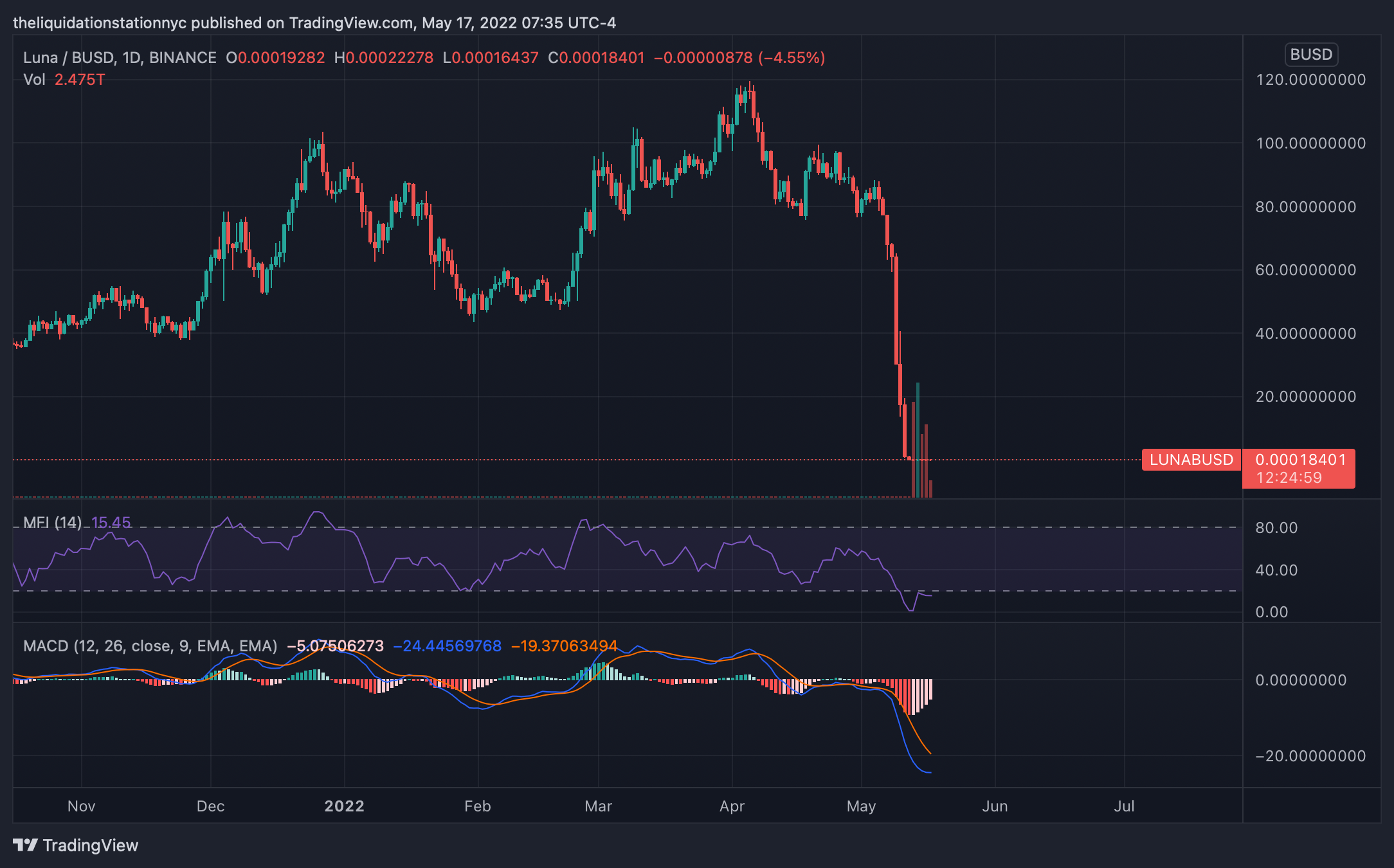Algorithmic Stablecoins and the Future of the Terra Ecosystem
Since the crash of the stablecoin TerraUSD (UST) and its sister coin Luna, the market has been slowly regaining ground in an effort to recover from an estimated $326 billion loss to the overall market value. This dent in the market was a direct result of the $60 billion in liquidations from Terra’s ecosystem following a massive run on Luna, which then caused the UST stablecoin to lose its peg to the dollar. For many still wondering how and why this happened, it’s imperative to examine the events leading up to this catastrophic ripple covered in the WSJ article.
There are different types of stablecoins but their purpose remains the same and that is to maintain a 1-to-1 ratio with a chosen fiat currency. The balance of this ratio ensures a level of stability against the volatile markets of crypto. When customers want to cash out, they trade their crypto in for the stablecoins to secure the pegged value of their transaction. The idea that the stablecoins maintain a level of liquid reserves enough to match the number of stablecoins is what keeps the confidence in the system.
For algorithmic stablecoins like UST, the ratio relies on an algorithmic equation within a smart contract to balance the amount of UST against its sister coin Luna, without the backing of fiat reserves. When the price of UST drops, UST coins are exchanged for Luna and subsequently burned. The reverse is true when UST exceeds the dollar, keeping with the principles of supply and demand.
For obvious reasons, the concern over algorithmic stablecoins and the threat they pose to the crypto market were well known prior to this month’s crash. There was even a split among crypto influencers and developers over the Terra experiment, with some like Mike Novogratz who championed the stablecoin, investing heavily in a personal and possibly professional capacity. One of the architects and founders of Terraform Labs and the Terra blockchain, Do Kwon, famously mocked and dismissed criticisms often on social media, holding to the fact that his project would prove the naysayers wrong about algorithmic stablecoins. For a while, Kwon’s conviction held and even seemed vindicated when Luna catapulted to the top ten list of coins by market capitalization in December 2021. Even now, from the ashes of his project, Kwon is determined to salvage Terra’s ecosystem with a V2 fork proposal.
Whether this V2 for Terraform Labs will fare better or even be greenlit remains to be seen. This crash has shaken not only the confidence in stablecoins but the crypto ecosystem as a whole for many prospective investors. That’s not to say that all stablecoins are a risk or that algorithmic stablecoins cannot be further improved, but any new signs of life for experimental projects will likely be met with greater scrutiny and caution in the future.

